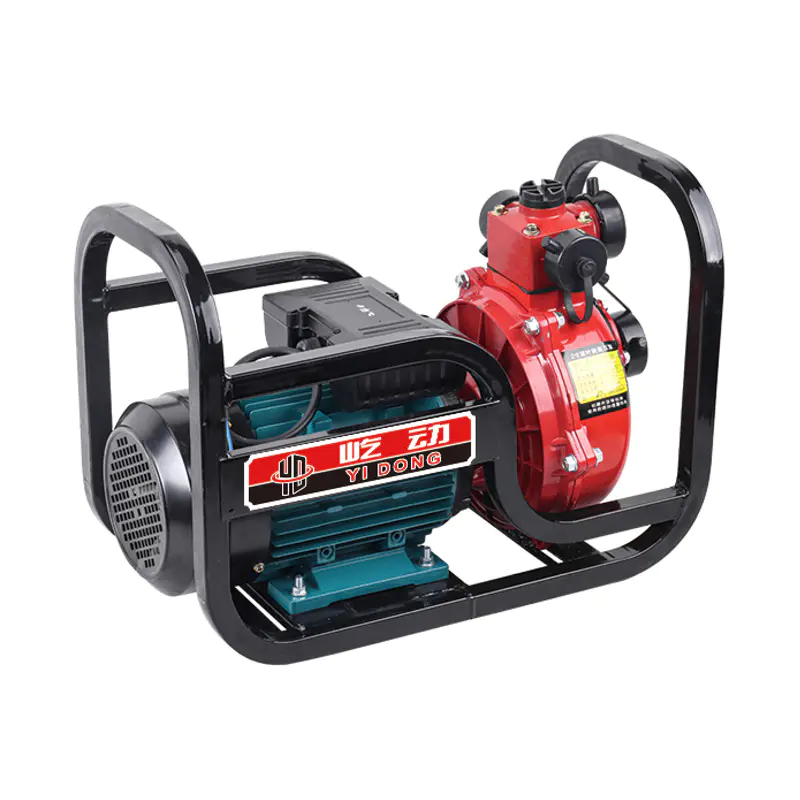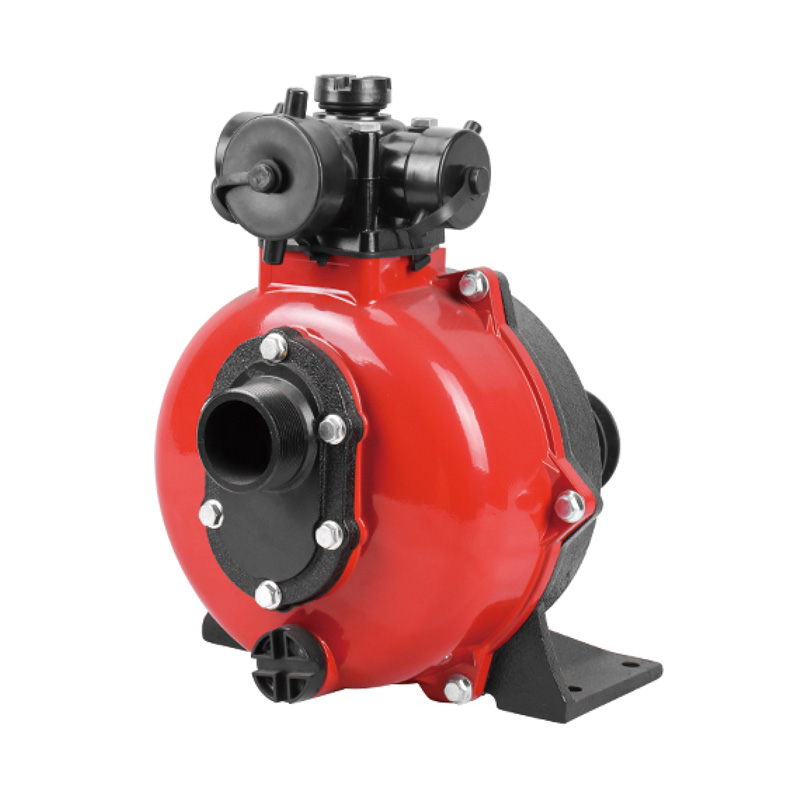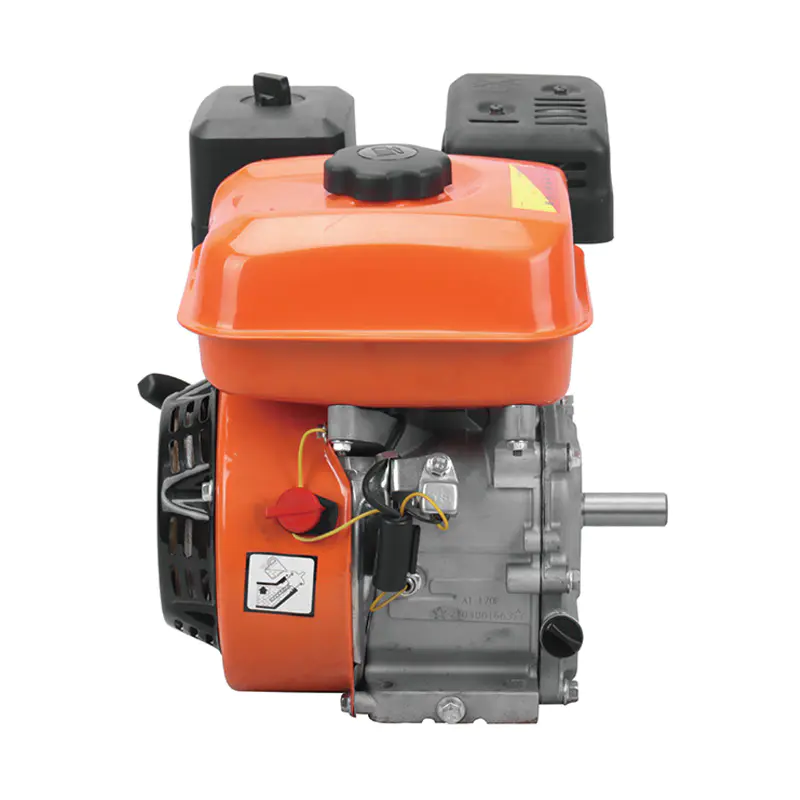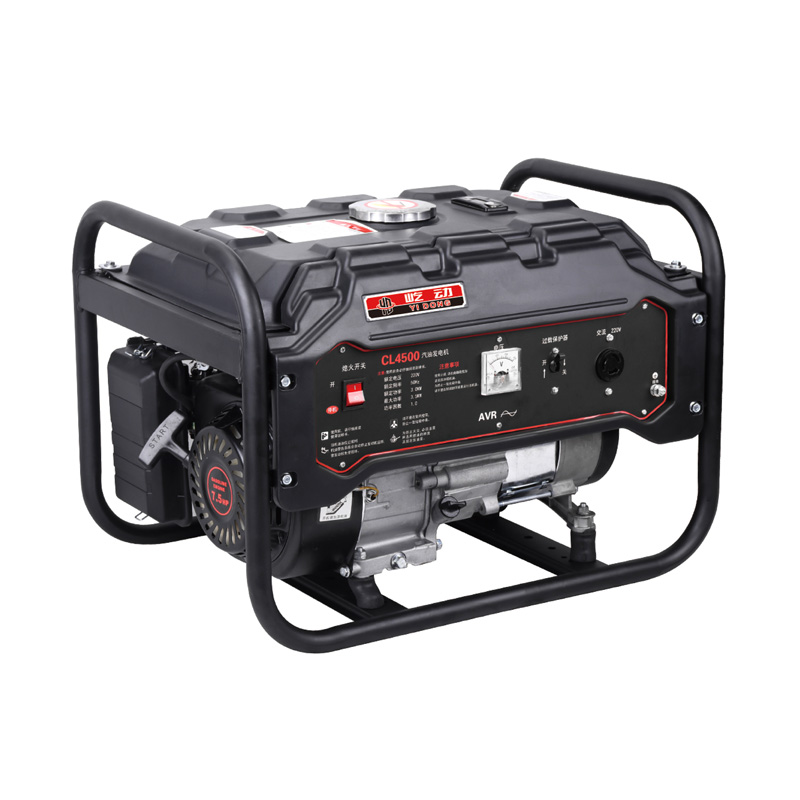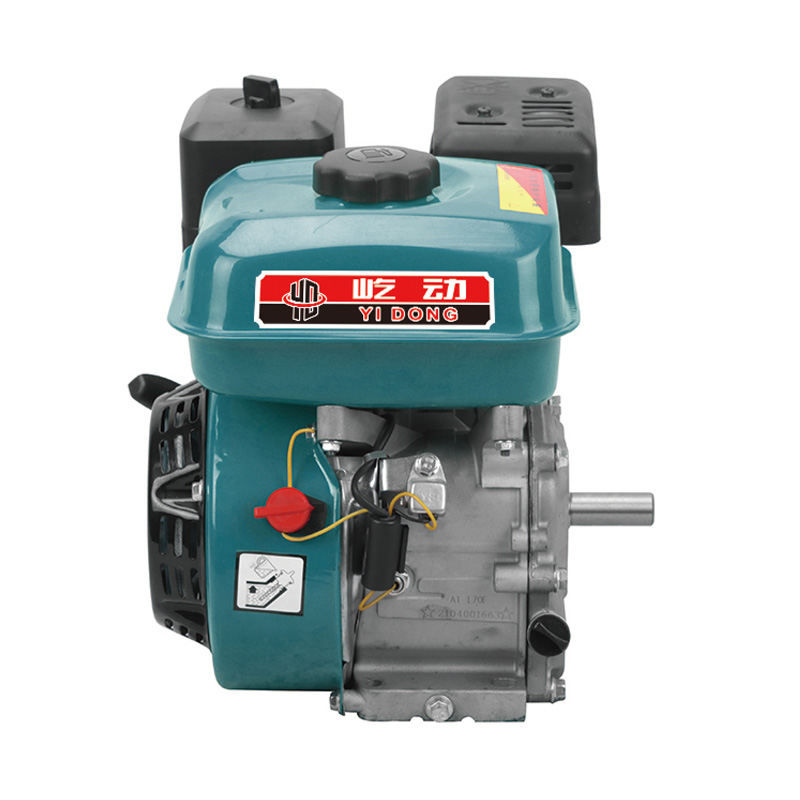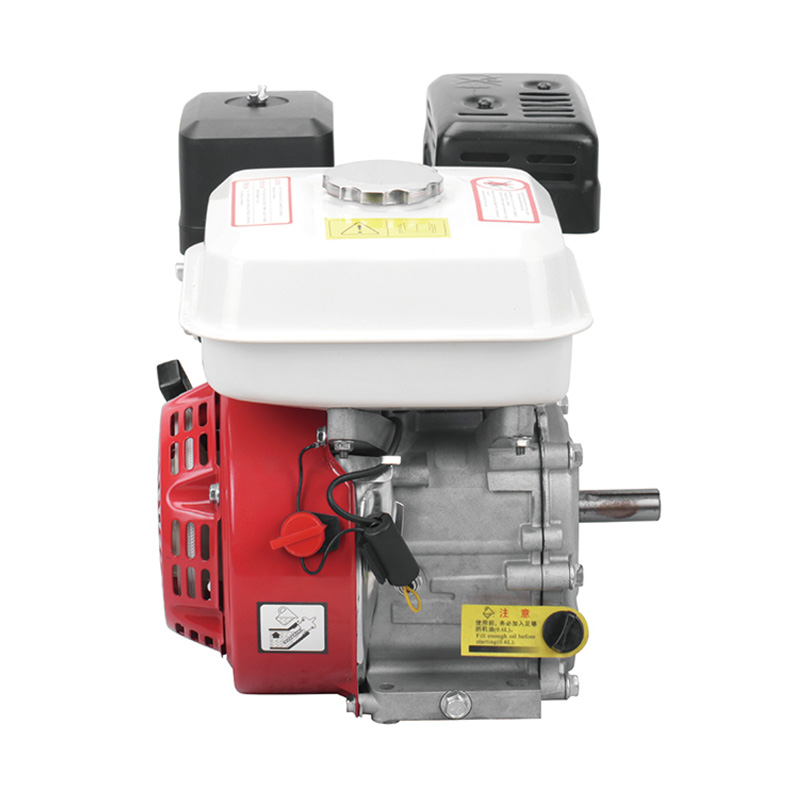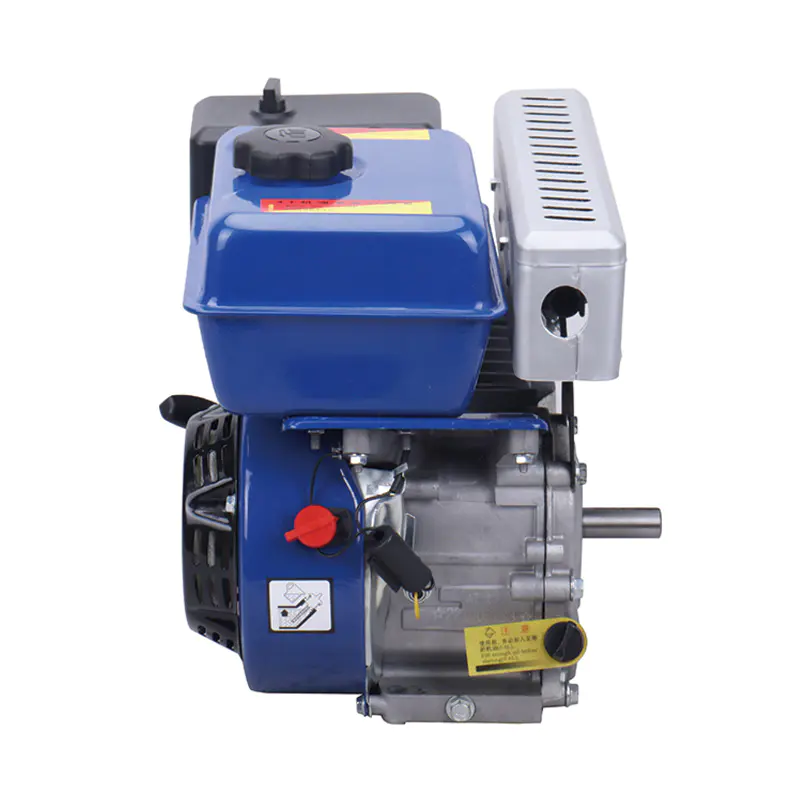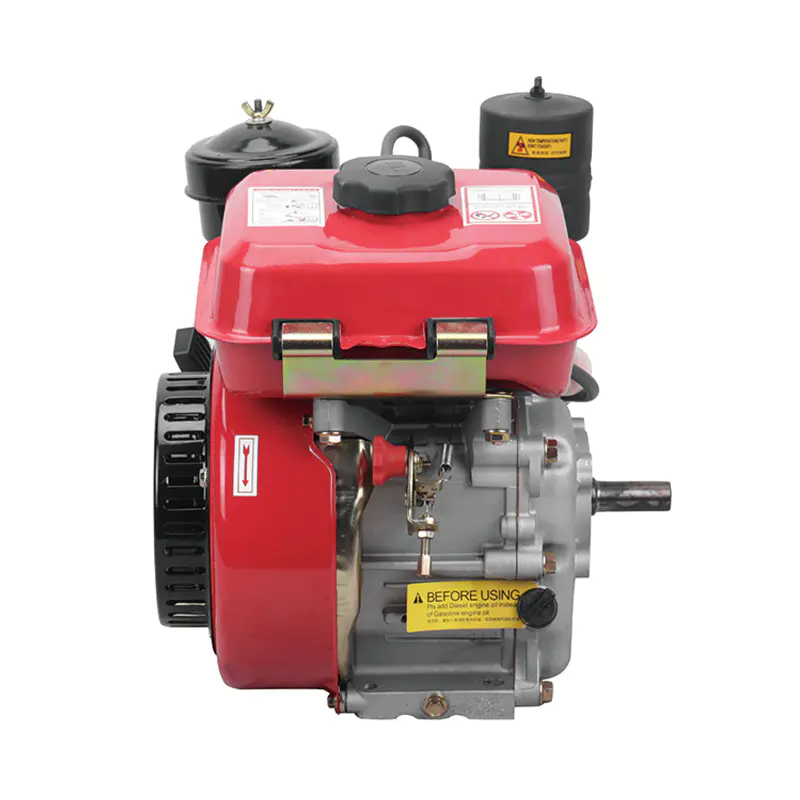A self-priming garden water pump is designed to make water transfer and irrigation simpler by eliminating the need for manual priming. Unlike traditional pumps, which require filling the suction line with water before operation, a self-priming pump can automatically remove air and start pumping, which is especially useful when drawing water from wells, ponds, or tanks.
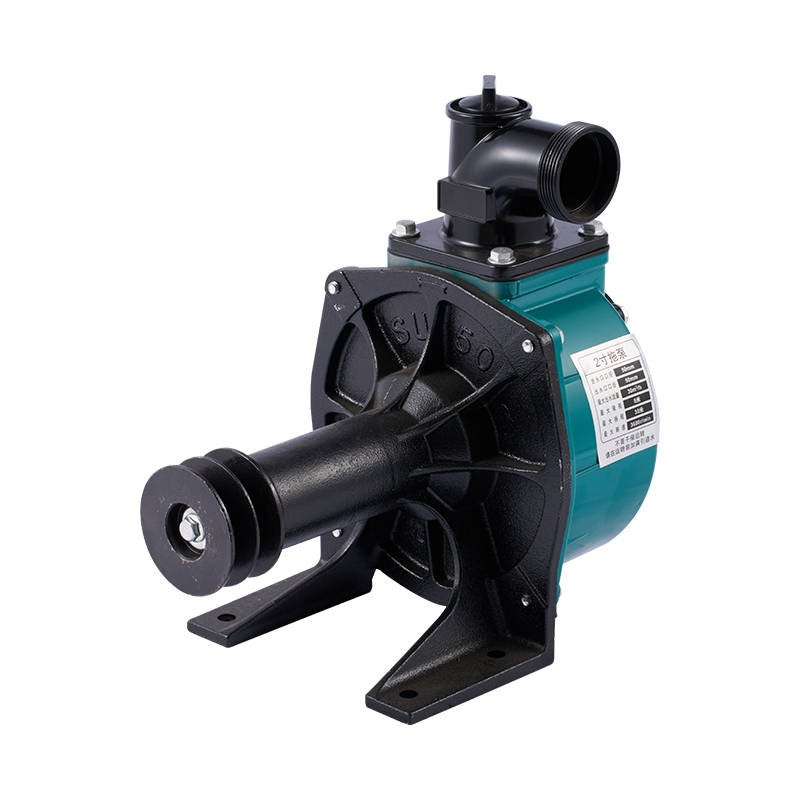
The pump works through its impeller, which spins rapidly when the motor starts, creating a low-pressure zone at the suction inlet. This low pressure allows atmospheric pressure to push water from the source into the pump. As the impeller continues to spin, it circulates water within the pump housing, mixing any remaining air to form a pumpable mixture. Over time, the air is expelled through the discharge line, leaving only water in the system.
A specially designed volute or casing helps separate air from water efficiently, while check valves prevent water from flowing back into the source, keeping the pump primed. Self-priming pumps are versatile, handling short runs of air and fluctuating water levels. Correct installation, including leak-free suction lines and proper pump speed, is essential for efficiency and longevity. With these features, self-priming garden water pumps provide a convenient, reliable solution for maintaining steady water flow in domestic and garden applications.
Self-Priming Pressure Pump: The Function of an Impeller
1.What is an Impeller?
The impeller is the rotating component inside a pump that drives water movement. Fitted with blades, it spins rapidly when powered by the pump motor, creating centrifugal force that pushes water outward and lowers pressure at the center, allowing suction from the source.
The impeller is the heart of a self-priming pressure pump. Without it, the pump cannot create the suction needed to draw water or maintain pressure in the system. But how does this small yet powerful component work, and why is it so crucial to the pump’s performance?
An impeller is a rotating disk fitted with blades, usually located inside the pump housing. When the pump motor drives the impeller, it spins at high speed, imparting kinetic energy to the water. This motion creates a centrifugal force that pushes water outward from the center of the impeller to the pump casing. As the water moves outward, the pressure at the center of the impeller drops, which allows the pump to draw more water from the source. This combination of suction and discharge is what enables the self-priming function.
The design of the impeller also affects the pump’s efficiency. Open impellers are easier to clean and handle small debris, making them suitable for garden ponds or rainwater systems. Semi-open or closed impellers offer higher efficiency and pressure, ideal for longer suction lines or higher head applications. The curvature and angle of the impeller blades determine how much water can be moved and at what pressure, so proper selection is important for matching the pump to its intended use.
In addition to generating flow and pressure, the impeller assists in air separation during self-priming. As the impeller rotates, it continuously mixes water and air in the pump housing. The centrifugal force pushes water toward the pump outlet while air rises to the top and escapes through the discharge. This process gradually removes air from the suction line, allowing the pump to operate continuously without losing prime.
Maintenance of the impeller is critical for long-term performance. Regular inspection for wear, debris, or corrosion ensures the pump maintains efficiency. High-quality materials like stainless steel or durable plastics are often used to extend lifespan and resist corrosion. In summary, the impeller is not only the main driver of water movement in a self-priming pressure pump but also the component that enables its self-priming capability, ensuring reliable and efficient operation for garden and domestic applications.
2. How Does the Impeller Work in a Self-Priming Pump?
Rotates at high speed inside the pump housing.
Imparts kinetic energy to water, generating flow and pressure.
Creates a suction effect at the pump inlet to draw water from wells, ponds, or tanks.
Continuously mixes water and air to remove air from the suction line.
3. Types of Impellers and Their Applications
Open impellers: Handle small debris easily, ideal for garden ponds or rainwater systems.
Semi-open impellers: Offer moderate efficiency, suitable for general water transfer.
Closed impellers: Provide high efficiency and pressure, better for long suction lines or high-head applications.
4. Maintenance and Material Considerations
- Inspect regularly for wear, debris, or corrosion.
- High-quality materials like stainless steel or durable plastics extend lifespan.
- Proper care ensures efficiency and reliable self-priming operation.
- The impeller is essential for a self-priming pump, enabling water movement, suction, pressure, and air separation. Its design and maintenance directly influence the pump’s performance and efficiency, making it the heart of the system.



 English
English русский
русский Français
Français Español
Español عربى
عربى